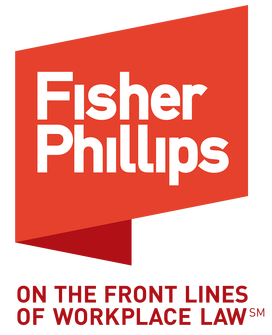A New Employer Healthcare Plan: Qualified Small Employer Health Reimbursement Arrangement (QSEHRA)
![]() Print this Article | Send to Colleague
Print this Article | Send to Colleague

Until very recently,
employers were at risk of receiving steep fines if they reimbursed employees
for non-employer sponsored medical care – the Affordable Care Act (ACA)
included fines of up to $36,500 a year per employee for such an action. Late in
2016, however, President Obama signed the 21st Century Cures Act and
established Qualified Small Employer Health Reimbursement Arrangements
(QSEHRAs). As of January 1, 2017, small employers can offer these tax-free
medical care reimbursements to eligible employees.
How Do QSEHRAs Work?
If an employee incurs a
medical care expense, such as health insurance premiums or eligible medical
expenses under IRC Section 213(d), the employer can reimburse the employee up
to $4,950 for single coverage or $10,000 for family coverage. Employees may not
make any contributions or salary deferrals to QSEHRAs.
The maximum amount must
be prorated for those not eligible for an entire year. For example, an employer
offering the maximum reimbursement amount should only reimburse up to $2,475 to
an employee who has been working for the company for six months. For a complete
list of medical expenses covered under IRC 213(d), see https://www.irs.gov/pub/irs-pdf/p502.pdf.
Employers may tailor which expenses they will reimburse to a certain extent,
and do not have to reimburse employees for all eligible medical expenses.
Much like other
healthcare reimbursement arrangements, employees may have to provide
substantiation before reimbursement. The IRS has discretion to establish
requirements regarding this process, but has not yet done so. Although
reimbursements may be provided tax-free, they must be reported on the
employee’s W-2 in Box 12 using the code "FF."
Which Employers Can
Offer QSEHRAs?
To offer QSEHRAs, an
employer cannot be an applicable large employer (ALE) under the ACA. Only
employers with fewer than 50 full-time equivalent employees can offer this
benefit. Further, it cannot offer group health plans to any employees to qualify.
Which Employees Are
Eligible For QSEHRAs?
Typically, an employer
that chooses to offer a QSEHRA must offer it to all employees who have
completed at least 90 days of work. The few exceptions to this rule include
part-time or seasonal employees, non-resident aliens, employees under the age
of 25, and employees covered by a collective bargaining agreement.
Employers may offer
differing reimbursement amounts based on employee age or family size. However,
such variances must be based on the cost of premiums of a reference policy on
the individual market. It is currently unclear which reference policy will be
selected or how permitted discrepancies will be calculated.
To be eligible for a
tax-free reimbursement, employees must have proof of minimum essential
coverage. It is uncertain how closely employers will have to scrutinize such
proof, although guidance will hopefully be available soon.
Interaction Between
QSEHRAs And Health Exchanges
Eligible employees must
disclose to health exchanges the amount of QSEHRA benefits available to them.
The exchanges will account for the reported amount, even if the employee does
not utilize it, and will likely reduce the amount of the subsidies available.
Employers should take this into account before adopting a QSEHRA.
Other Administrative
Issues
In order to establish a
QSEHRA, employers will have to set up and administer a plan. Group health plan
requirements, such as ACA reporting and COBRA requirements, do not apply to
QSEHRAs. But in order to properly provide reimbursements to employees,
employers will likely have to establish reimbursement procedures.
Additionally, any
eligible employees must be notified of the arrangements in writing at least 90
days before the first day they will be eligible to participate. For the current
year, the IRS is giving employers who implement QSEHRAs an extension until
March 13, 2017 to provide a notice. The notice must provide the amount of the
maximum benefit, and that eligible employees inform health insurance exchanges
this benefit is available to them. It also must inform eligible employees they
may be subject to the individual ACA penalties if they do not have minimum
essential coverage.
For more information,
contact the author at MShimizu@fisherphillips.com or
949.798.2162.
